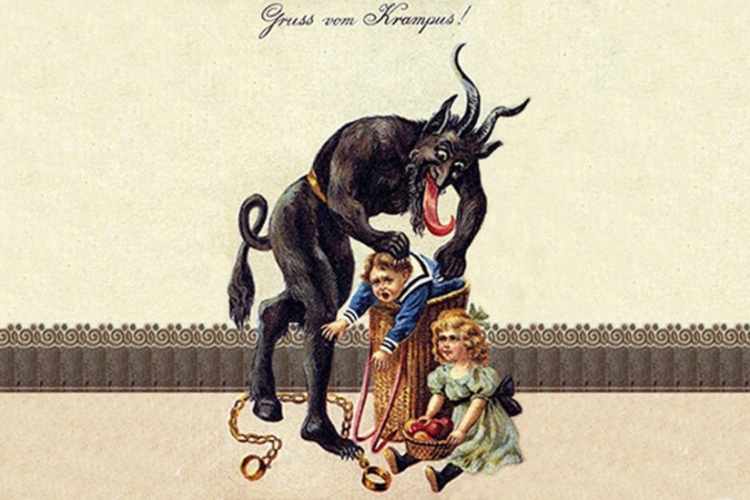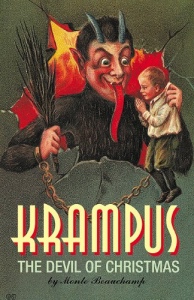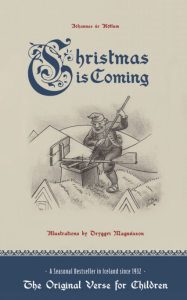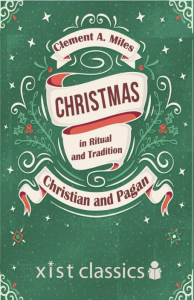Christmas time is full of strange customs and celebrations from cultures across Europe. Before Christmas time became what it is today, Pagan Europeans were marking Yule in their own way. Pagan celebrations eventually merged with Christian festivities, marking Christ’s birth instead of the Roman sun-god, Sol, and became something much like how we now celebrate.
Though people merged their cultures and adopted the Christian celebrations, some myths and local customs remain… And some of these are seriously creepy myths…
KRAMPUS
Krampus, the demon goat who walks upright like a man, stalks children from across Central Europe. Just as jolly old St. Nick treats the good children, Krampus comes for the naughty ones. It is said that he carries a basket on his back in which to carry the horrid children away. Krampus arrives on December 5th- St Nicholas Day Eve- to beat the bad children with birch and take them away to eat for dinner. The date is marked every year in Austria, and across Europe, with drunken revelry and Krampus costumes. These celebrations have reached as far as the USA, as perhaps an antidote to the pressure of Christmas.
THE YULE LADS
The 13 Yule Lads, or Yulemen, originates from Icelandic folklore. The 13 men visit houses – one Yule Lad a day – between 12 and 24 December. These days the celebrations are mischievous and jolly, but it has been previously quiet intense. In 18th century Iceland, telling stories of the Yule Lads’ behaviour became a competitive pastime as each storyteller out-shocked the last with grim and gruesome tales of violence and bloodshed. It was banned in 1746.
The modern depictions of the Yule Lads is not unlike the ‘Elf on a Shelf’ prankster some families enjoy- light mischief and pranks to spice up midwinter. In 1932, the poem Jólasveinarnir by Icelandic poet Jóhannes úr Kötlum was published, and depicts each Lad with their own quirk and personality.
JÓLAKÖTTURINN
It is also said that the Yule Lads owned a Christmas Cat- the Jólakötturinn. As you may imagine, this was no sweet and passive feline. The Yule Cat stalks snowy regions, with flashing eyes, razor-like whiskers, and terrible claws, looking for children to eat. No random child will do though- this cat is after something very specific. He wants to eat children who have not received a gift of clothes before Christmas Eve. The creepy myth was started by farmers who used it as an incentive for their workers to finish making the autumn wool before Christmas.
KALLIKANTZAROI
Yet more demonic goings on, this time in Southeastern Europe. This group of goblins were said to spend most of the year underground, sawing at the roots of the Tree of Life. During December they’d leave their sawing and walk above ground, causing mischief and stealing newborns, allowing the tree’s roots to heal. They would then return underground and have to start sawing at the now-healed roots all over again. To keep them at bay people would tie straw and garlic to their newborn babies, or leave a colander outside their front door. The Kallikantzaroi would feel compelled to count the holes in the colander, however they would always miss the holy number 3, and have to start all over again throughout the night.
LUSSI
In Norway and Sweden they celebrate St Lucia’s Day on the 13th of December. Modern day celebrations see St Lucia represented as a beautiful, young woman who carries a ring of candles on her head through the town. Year ago, however, she was very different… On the night before St Lucia’s Day, Lussi’s Night, evil spirits rose up to wander the earth. Children were warned to behave, and houses had a cross put up outside to warn off demons. Lussi was shown as a horrible and powerful demon. She flew on a broomstick accompanied by evil beings, causing chaos, destroying property, killing crops and livestock, and kidnapping people.
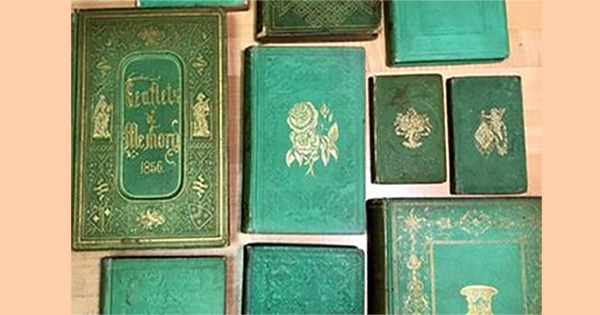
Poisonous books removed from the National Library of France

Jurgis Bielinis and the Day of the Book Smugglers

Could AI be the Next Big Thing in the Literary World?

10 Books by Celebrated LGBTQ Writers


